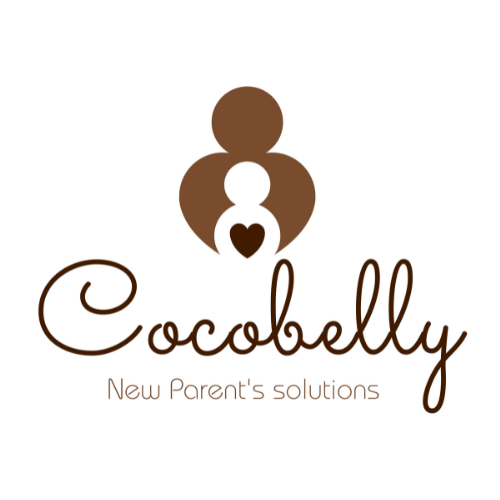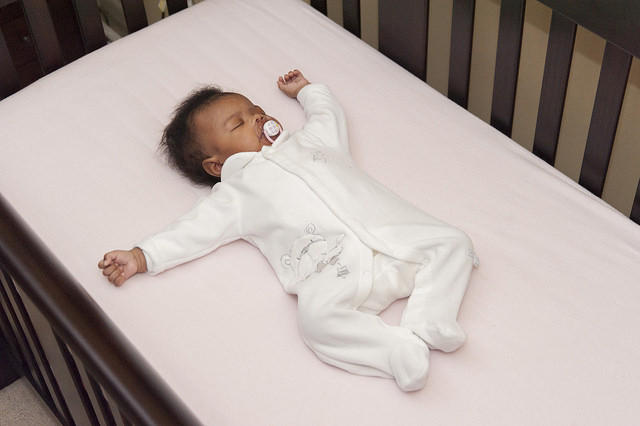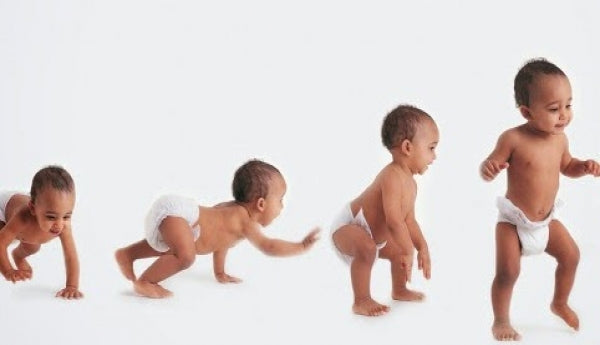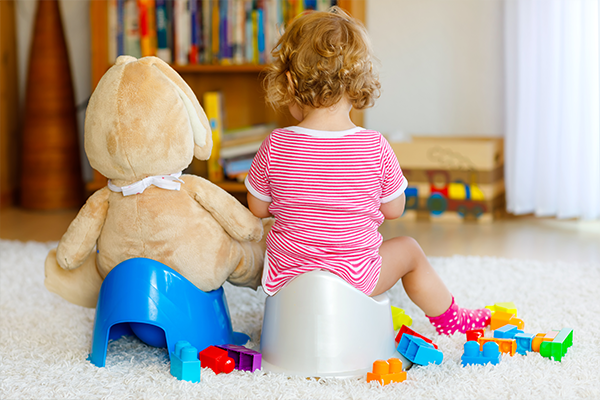As new parents, ensuring your baby sleeps safely and comfortably is one of your top priorities. One of the critical factors in achieving this is maintaining the right sleeping temperature. Babies are more sensitive to temperature changes than adults, and keeping their sleeping environment optimal is crucial for their well-being. Here’s a comprehensive guide to help you navigate baby sleeping temperature.
Why Temperature Matters:
A comfortable sleeping temperature is vital for several reasons:
- Safety: Overheating can increase the risk of Sudden Infant Death Syndrome (SIDS).
- Comfort: Babies sleep better when they are neither too hot nor too cold.
- Health: Regulating temperature helps prevent colds and other illnesses.
Optimal Temperature Range
The ideal room temperature for a sleeping baby is between 68-72°F (20-22°C). This range ensures your baby is warm enough without being at risk of overheating.
Signs of Overheating or Chilling
It’s important to regularly check on your baby to ensure they are comfortable. Here are some signs that can help you determine if they are too hot or too cold:
-
Too Hot:
- Sweating
- Damp hair
- Flushed cheeks
- Rapid breathing
-
Too Cold:
- Cold to touch, especially on hands and feet
- Restlessness
- Pale skin
- Shivering (though rare in newborns)
Dressing Your Baby for Sleep
What your baby wears to bed plays a significant role in regulating their body temperature. Here are some guidelines:
- Layering: Dress your baby in light, breathable layers that can easily be added or removed. A onesie or sleep sack is often enough.
- Material: Use fabrics like cotton, which are breathable and help maintain a stable temperature.
- Swaddling: For newborns, swaddling can provide comfort and warmth, but be mindful of overheating. Use a light, breathable swaddle blanket and ensure it's not too tight.
Bedding and Sleep Environment
- Crib Bedding: Keep the crib simple. A fitted sheet and a firm mattress are all you need. Avoid blankets, pillows, and stuffed animals as they pose a risk of suffocation and overheating.
- Sleep Sacks: These are a safe alternative to blankets and can keep your baby warm without the risk of suffocation.
- Room Thermometer: Invest in a good-quality room thermometer to monitor the temperature consistently.
Adjusting to Seasons
Seasonal changes can affect your baby’s sleeping environment. Here are some tips for different times of the year:
- Winter: Ensure the room is warm enough, but avoid placing your baby too close to heaters or radiators. Dress your baby in warmer sleepwear and consider using a sleep sack with thicker material.
- Summer: Keep the room cool using fans or air conditioning, but ensure there’s no direct breeze on your baby. Dress your baby in lighter sleepwear, like a short-sleeved onesie or a light sleep sack.
Additional Tips
- Nighttime Checks: Regularly check your baby during the night for signs of overheating or chilling.
- Room Sharing: If possible, share a room with your baby for the first six months. This allows you to monitor their comfort closely.
- Stay Informed: Keep up with the latest recommendations from pediatricians and health organizations about safe sleep practices.
Maintaining the right sleeping temperature for your baby is crucial for their safety, comfort, and overall health. By keeping their room within the recommended temperature range, dressing them appropriately, and using safe bedding practices, you can help ensure your baby has a restful and safe sleep.




Leave a comment
All comments are moderated before being published.
This site is protected by hCaptcha and the hCaptcha Privacy Policy and Terms of Service apply.